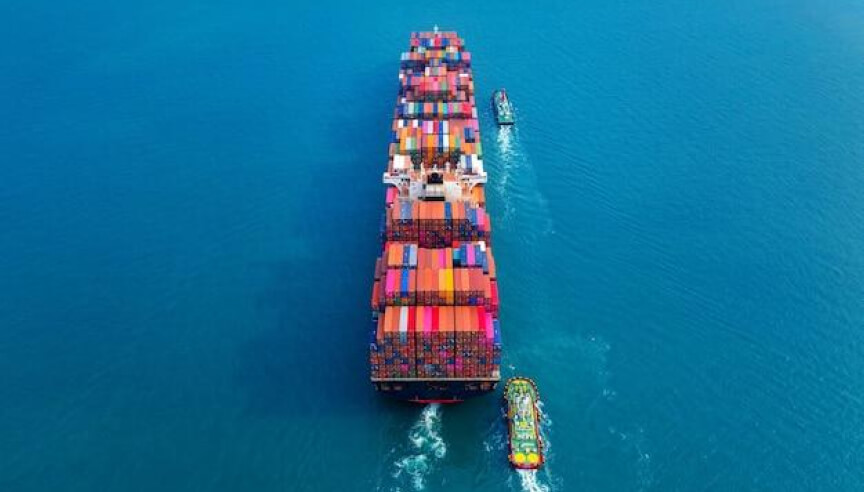Recent Posts
Advantages of Using MGPS for Ballast Water Treatment

Unlocking Efficiency and Environmental Responsibility: Advantages of Using MGPS for Ballast Water Treatment on Ships
In the intricate ecosystem of maritime transport, ballast water serves as a critical component for maintaining vessel stability and maneuverability. However, the transfer of ballast water between ports can inadvertently introduce invasive aquatic species, posing significant ecological and economic risks. To mitigate these challenges, the adoption of Marine Growth Prevention Systems (MGPS) for ballast water treatment on ships offers a transformative solution. Here, we explore the advantages of utilizing MGPS technology in this vital aspect of maritime operations.
1. Environmental Preservation
Mitigation of Invasive Species:
The introduction of non-native species through ballast water exchange poses a severe threat to marine ecosystems worldwide. By employing MGPS systems to treat ballast water, ships can effectively neutralize harmful organisms, preventing their spread to new habitats and safeguarding biodiversity.
Compliance with Environmental Regulations:
Stringent regulations, such as the International Maritime Organization’s (IMO) Ballast Water Management Convention, mandate the implementation of measures to prevent the spread of invasive species via ballast water. MGPS technology enables ships to meet regulatory requirements and demonstrate environmental stewardship through proactive ballast water treatment.
2. Operational Efficiency
Continuous Treatment Capability:
Unlike conventional ballast water management methods that rely on ballast exchange or chemical treatments, MGPS systems provide continuous treatment of ballast water throughout the voyage. This seamless integration ensures optimal efficacy in controlling biofouling and invasive species, without disrupting vessel operations or compromising voyage schedules.
Reduced Maintenance Requirements:
By preventing the settlement of marine organisms in ballast tanks and associated piping systems, MGPS technology minimizes the need for costly and time-consuming maintenance interventions. This translates to enhanced operational efficiency, reduced downtime, and increased productivity for shipowners and operators.
3. Cost-effectiveness
Long-term Savings:
The investment in MGPS systems for ballast water treatment yields substantial long-term savings for shipowners. By mitigating the risks of biofouling and invasive species, these systems minimize associated operational expenses, such as hull cleaning, maintenance, and regulatory compliance costs, ultimately optimizing the vessel’s total cost of ownership.
Avoidance of Chemical Biocides:
Traditional ballast water treatment methods often rely on chemical biocides, which incur additional costs for procurement, storage, and disposal. In contrast, MGPS technology utilizes electrolysis to generate chlorine-based biocides from seawater, eliminating the need for chemical additives and reducing operational expenses associated with hazardous materials management.
Conclusion
As the maritime industry embraces technological innovations to address environmental challenges and enhance operational efficiency, MGPS systems emerge as indispensable tools for ballast water treatment on ships. By leveraging the advantages of MGPS technology, shipowners and operators can uphold their commitment to environmental preservation, ensure compliance with regulatory requirements, and optimize cost-effectiveness in maritime operations. As the industry continues to evolve, the widespread adoption of MGPS systems promises a sustainable and responsible approach to managing ballast water, preserving marine ecosystems, and fostering a greener future for global maritime transportation.
